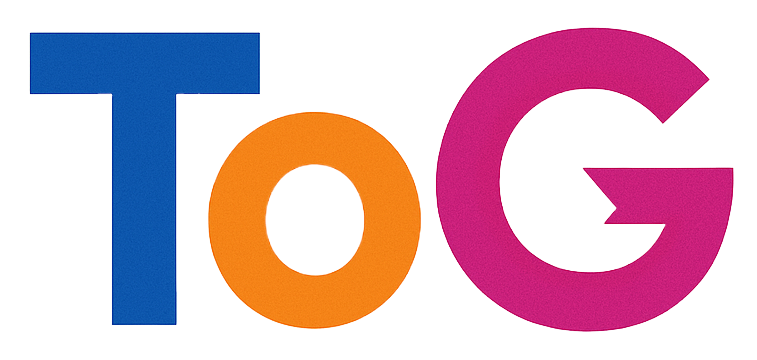Experiencing Website Security Breaches: Unusual Sitemap Content and Stranged Structured Data
Website security is paramount for maintaining trust, SEO performance, and overall site integrity. Recently, I encountered a security breach that not only compromised my website but also led to a series of perplexing issues that I’m now working to resolve. This experience highlights the importance of vigilant monitoring and proactive security measures.
Unwanted Pages in Search Index and Sitemap
One of the initial signs of trouble was the appearance of an overwhelming number of unfamiliar pages in both my sitemap and Google Search Console (GSC). Instead of reflecting the true content of my website, the sitemap was flooded with over 1,000 suspicious URLs. These pages appeared under the 404 error index section and the “not indexed” category in GSC, indicating that Google was discovering and attempting to process pages that shouldn’t exist or are maliciously inserted.
This phenomenon suggests that the site has been compromised to serve malicious or spammy content, which can severely impact SEO rankings and user trust. The uncontrolled growth of such URLs is a common symptom of hacker activity, often related to injections or automated content generation.
Unwanted Structured Data Indexing
Further complicating the situation, I observed that Google Search Console was indexing product structured data that I did not insert or authorize. Notably, these markup snippets appeared in GSC reports, but I could not locate them within my website’s source code—raising suspicion of advanced tampering.
What was even more concerning was that, after running a Google Rich Results test on affected pages, I noticed that Google displayed product images in the rich snippets that were not visible on the published site pages. These hidden or injected images suggest that the hacker may have embedded malicious structured data to manipulate search results or mislead users.
Moving Forward: Detection and Cleanup Strategies
If you’re facing similar issues, here are some essential steps to mitigate the damage:
-
Perform a Security Audit: Use security plugins or manual reviews to scan your website for malware, unauthorized files, or code injections.
-
Inspect Your Sitemap: Ensure that your sitemap only includes legitimate URLs. Manually review and update if necessary.
-
Check Your Source Code: Look for unexpected scripts, tags, or code snippets that may have been injected. Use developer tools or code editors for thorough inspection.
-
Review Structured Data: Use Google’s Rich Results Test to identify any suspicious or unauthorized markup.
-
Remove Malicious Content: Delete infected

